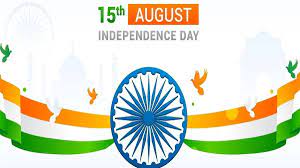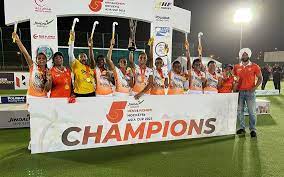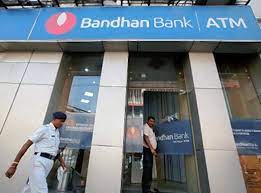
77th Indian Independence Day 2023: On August 15, 2023, India will celebrate its 77th Independence Day. “Nation First, Always First” is the theme of this year’s festival. This theme is in line with the government’s focus on national unity and development. The day begin with the hoisting of the national flag at the Red Fort in Delhi by the Prime Minister. This followed by a military parade and a cultural program. There will also be flag hoisting ceremonies and cultural programs all over the country.
Daily Current Affairs Quiz: August 2023
The 77th Independence Day is a significant milestone for India. It is a time to reflect on the country’s journey since independence and to recommit to the values of freedom, democracy, and equality. It is also a time to celebrate the diversity and unity of the Indian nation.
Here are some of the events that will be held on 77th Indian Independence Day:
- The Prime Minister will hoist the national flag at the Red Fort in Delhi.
- There will be a military parade at Rajpath in New Delhi.
- There will be cultural programs at various places across the country.
- The government will release a commemorative postage stamp and coin.
- There will be special prayers and religious ceremonies in temples, mosques, churches, and gurudwaras.
- People will gather in public places to celebrate the occasion.
Celebrations of Independence Day 2023
Independence Day is a time to celebrate the freedom and unity of India. It is also a time to remember the sacrifices of the freedom fighters who fought for India’s independence.
- Flag hoisting ceremonies: On August 14-15, the Prime Minister of India hoists the national flag at the Red Fort in Delhi at midnight. This is followed by flag hoisting ceremonies all over the country, in schools, colleges, government offices, and public places.
- Military parades: There is a military parade at Rajpath in New Delhi, which is attended by the President, Prime Minister, and other dignitaries. The parade showcases the might of the Indian Armed Forces.
- Cultural programs: There are cultural programs held at various places across the country, showcasing the rich culture and heritage of India. These programs feature music, dance, and drama.
- Commemorative events: The government releases a commemorative postage stamp and coin on Independence Day. There are also special prayers and religious ceremonies in temples, mosques, churches, and gurudwaras.
- Public gatherings: People gather in public places to celebrate the occasion. They sing patriotic songs, dance, and distribute sweets.
History of Independence Day 2023
The origins of Indian Independence Day may be traced back to the early nineteenth century, when the Indian independence movement gained traction. A number of important personalities led the movement, including Mahatma Gandhi, Jawaharlal Nehru, and Subhas Chandra Bose.
- The movement was met with much resistance from the British, who ruled India at the time. However, the movement continued to grow in strength, and eventually led to India’s independence on August 15, 1947.
- The date of August 15 was chosen as Independence Day because it was the day that the Indian Independence Act of 1947 came into effect. This act transferred power from the British to the Indian government.
- The first Independence Day celebration was held in 1947. The Prime Minister of India, Jawaharlal Nehru, hoisted the national flag at the Red Fort in Delhi. He gave a speech in which he outlined the challenges that India faced as an independent nation.
- Independence Day is a national holiday in India. It is a day to celebrate the freedom and unity of India. It is also a time to remember the sacrifices of the freedom fighters who fought for India’s independence.
Here are some of the key events that led to India’s independence:
India’s independence was a major achievement for the Indian people. It was the culmination of decades of struggle and sacrifice. It is a day to commemorate India’s freedom and unity, as well as the sacrifices of freedom fighters who battled for India’s independence.
- 1857: The Indian Rebellion, also known as the Sepoy Mutiny, was a major uprising against British rule in India. The rebellion was suppressed by the British, but it helped to raise awareness of the growing Indian independence movement.
- 1885: The Indian National Congress was founded. The Congress was a political party that advocated for Indian independence.
- 1905: The Partition of Bengal was a plan by the British to divide the province of Bengal into two parts, one Hindu-majority and one Muslim-majority. The partition was met with widespread protests, and it helped to further divide the Indian independence movement.
- 1920: Mahatma Gandhi launched the Non-Cooperation Movement. The movement was a major turning point in the Indian independence movement. It was based on the principle of nonviolent resistance, and it helped to mobilize millions of Indians against British rule.
- 1930: Mahatma Gandhi launched the Salt March. The Salt March was a major protest against the British salt monopoly. It helped to further popularize the Indian independence movement.
- 1942: The Quit India Movement was launched by the Indian National Congress. The movement called for the British to immediately quit India. It was met with widespread protests, and it led to the imprisonment of many Indian leaders, including Mahatma Gandhi.
- 1947: India obtained independence from the United Kingdom. The partition of India into two countries, India and Pakistan, heralded the country’s independence. The partition was a bloody and chaotic process, and it led to the deaths of millions of people.





